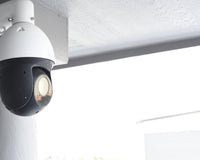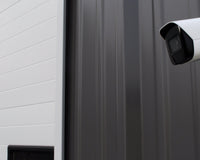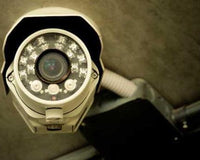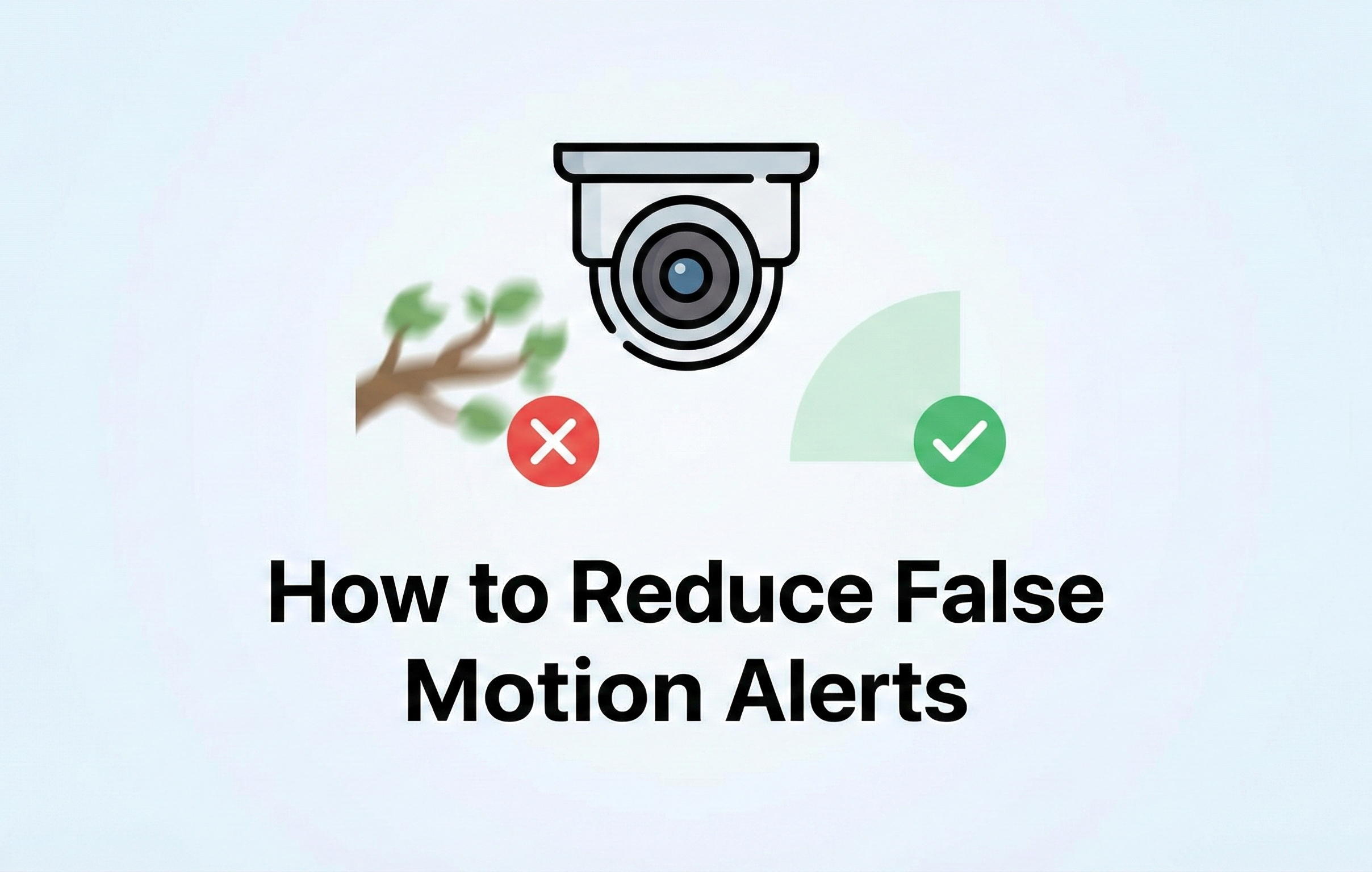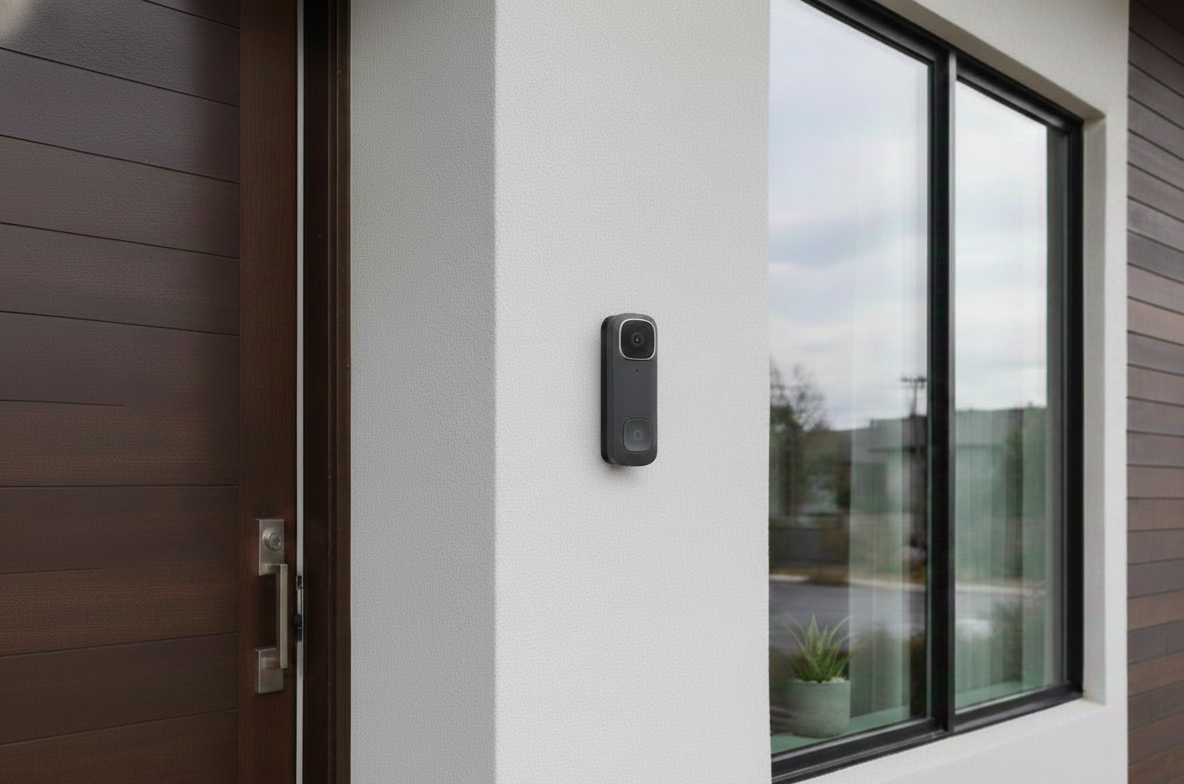What is Auto Tracking?
The world of smart security systems is advancing at a blistering pace. There are features we have today which were unthinkable just a few years ago. One such feature is the auto-tracking functionality for PTZ cameras.
Auto tracking implements complex AI algorithms that intelligently identify and track individuals and objects. These advanced algorithms closely integrate with the controls of the camera which allow it to pan tilt and zoom in concert to focus in on the target and get a consistent high-quality image and track it across the field of view.
This technology seems like it comes straight out of a spy movie. In reality, there are several distinct aspects that work together to provide the experience users are coming to expect. The first algorithm that kicks in is the object detection and recognition algorithm, which identifies the object intended to be tracked. After an object is detected further algorithms will predict the object’s movement direction and speed in order to preemptively move or zoom the camera accordingly. Without these algorithms the video would quickly lag behind the object, potentially losing it altogether. These algorithms are advancing rapidly, with frequent updates to their functionality, leading us to a new iteration of Auto Tracking.
How does Auto Tracking Fit Into a Security Plan?
Auto Tracking PTZ cameras can work well either as standalone cameras or as part of larger systems. Auto Tracking PTZ cameras are excellent for monitoring large properties with a single camera when used on their own. Whether you’re trying to track trespassers crossing over a fence, or a car driving up your driveway, the 25x varifocal zoom on some PTZ cameras lets you get a crisp image across far distances.
Auto Tracking PTZ cameras also are an excellent addition to larger camera networks, and allow for automated surveillance of wide areas. One such example is a parking lot, where a potential visitor may come from one location and move out of the camera's initial field of view. The Auto Tracking will be able to ‘lock on’ and zoom in on the target, following them along their path, and delivering a clear image of them as they pass through the property. Adding Auto Tracking is a great way to upgrade an existing network, and is a feature that deserves consideration when planning future systems.
There are also advanced configuration options including PTZ Activation. This allows the user to use more basic cameras, such as Montavue’s MTT8015, to create activation points around the property. Once a target is detected by the fixed lens camera, the PTZ camera can move to the correct orientation and begin to track the target. By doing this it is possible to track targets anywhere in the PTZ’s field of view, even if it isn’t in the camera’s current frame.
If you’re interested to learn more about Auto Tracking, be sure to check out this video which goes over the setup and what to expect.
What’s new in Auto Tracking 3.0?
Auto Tracking 3.0 is our latest version of auto tracking and is currently available on our new PTZ camera, the MTZ8250-IRAISMD-X. Auto Tracking 3.0 features some key technologies and features:
PFA 3.0 focusing technology
This is the latest development of our PFA or Predictive Focus Algorithm. This newest iteration further integrates intelligence and focusing algorithms in order to improve focus output during tracking.Position Adaptive Algorithm
By using deep learning and statistical analysis, the new iteration of PAA is able to more accurately predict an object’s movement vector when compared to prior versions. This ensures the target remains in the center of the image and helps eliminate slowness or inaccuracies during tracking. This is one of the most crucial aspects of auto-tracking and is where many developments, past and future, will be seen.Interference Filtering Algorithm
Working in conjunction with PAA, this algorithm similarly uses deep learning to predict direction and speed to improve target tracking in complex environments. The main purpose of the IFA is to mitigate the frustrating effects of occluding objects and drastic lighting changes within a scene, such as a tree blocking the object or a sudden shadow. It has been difficult for developers to address these issues, but recent advancements have allowed for much more consistency and predictability in such circumstances. Our new IFA will handle occluding objects much better than prior algorithms, and we expect future algorithms to handle these conditions even better.Speed Adaptive Algorithm
With Auto Tracking, not only is it essential to ensure the target remains in the frame; but it is also important to ensure that the resulting video is smooth, without abrupt and disorienting changes. The Speed Adaptive Algorithm adjusts rotation and zoom speed by using AI and experiential data to make sure what is physically being captured is in line with what the camera expects. The Speed Adaptive Algorithm also adjusts the exposure of the image to limit jarring changes to the image. For example, if the background behind a target goes from dark to light, it is important the target does not become washed out - the SAA will make these adjustments on the fly.Long Tracking Distance
By utilizing DPT technology to calculate the target frame more accurately, Auto Tracking 3.0 is able to track smaller targets at farther ranges than before. In ideal conditions, this can reach 1,500 meters.
The Future of Auto Tracking
Whether you’re surveilling a large farm or a distributed parking lot, Auto Tracking lets you do it all with one camera. There’s never been a better time to invest in a PTZ camera with auto-tracking capabilities. With unparalleled tracking accuracy and versatility, our growing lineup of auto-tracking PTZ cameras is a perfect way to test out this frontier of technology. New possibilities are entering this space constantly, and we’re excited about what the future of object recognition, computer vision, and auto-tracking algorithms has in store.


